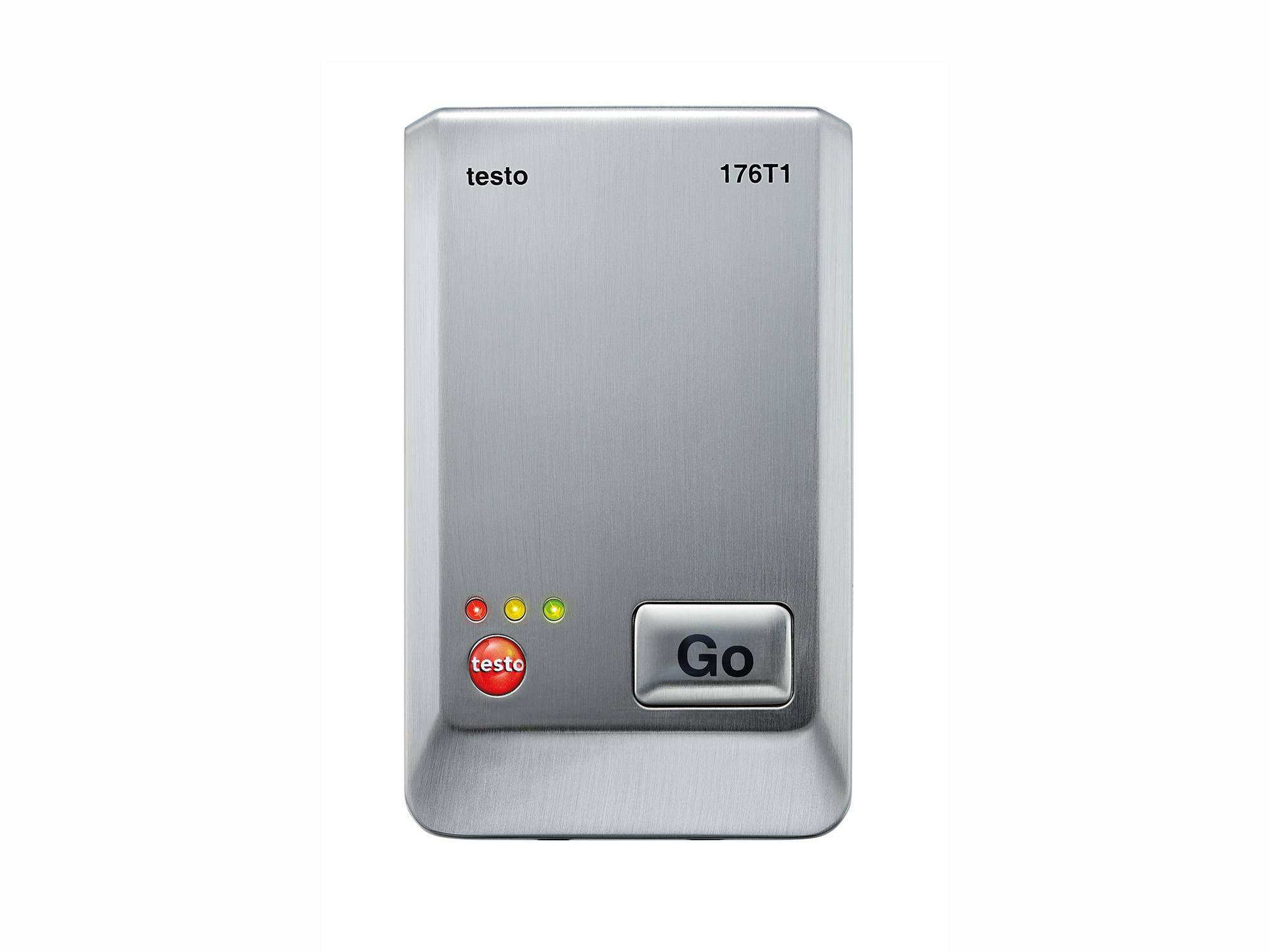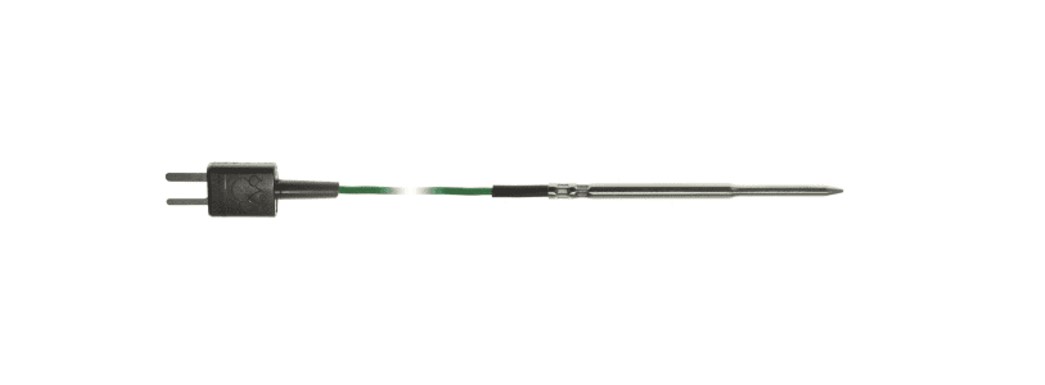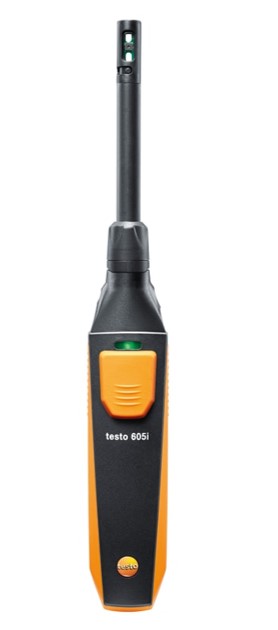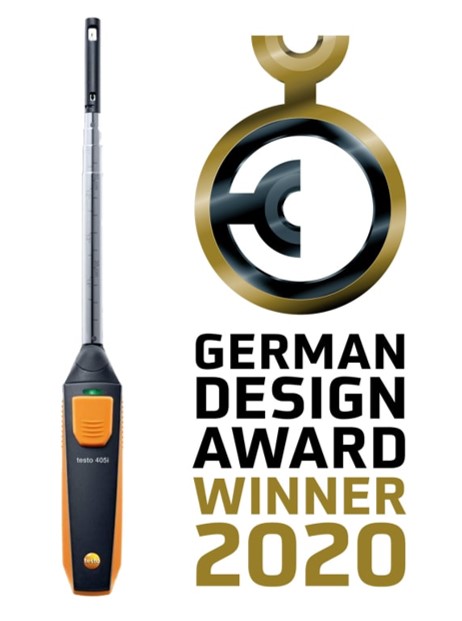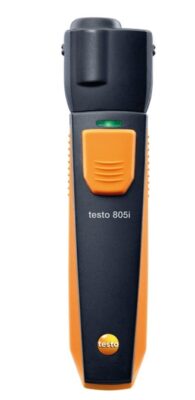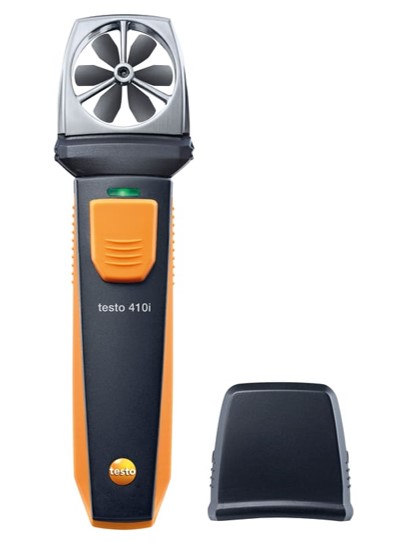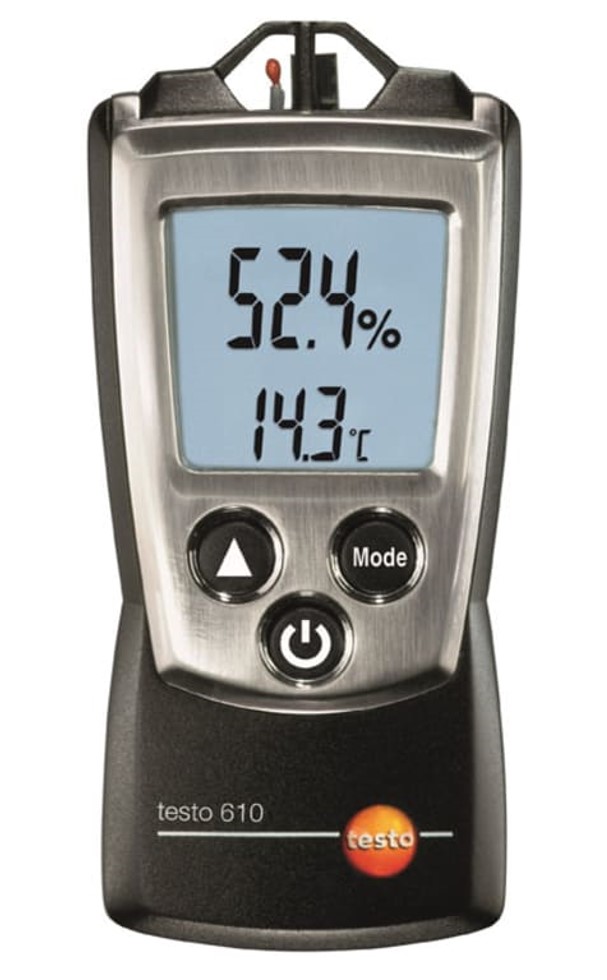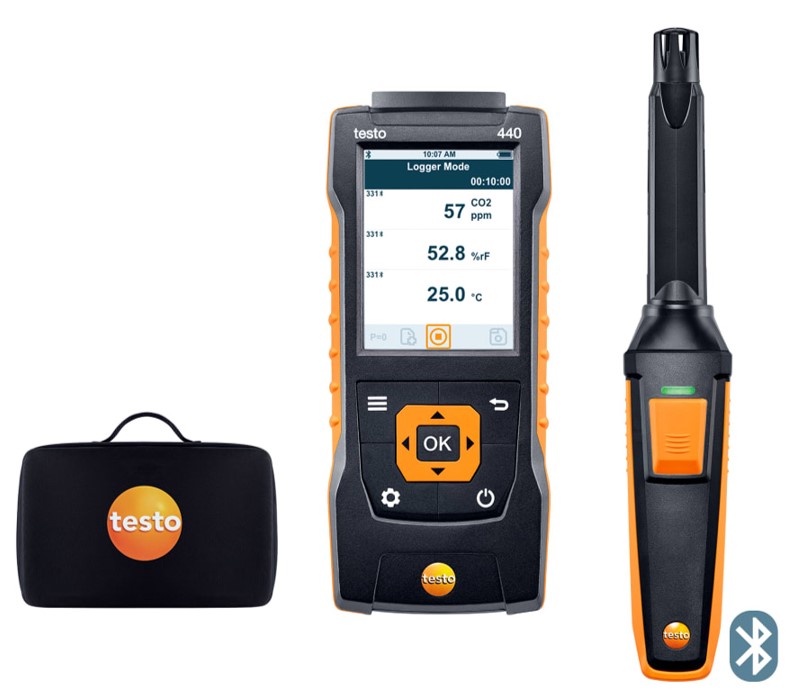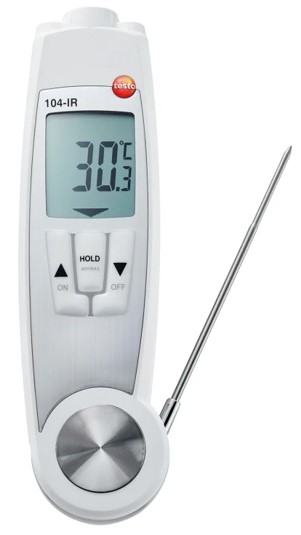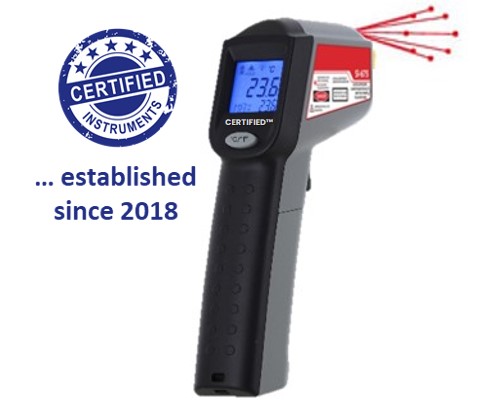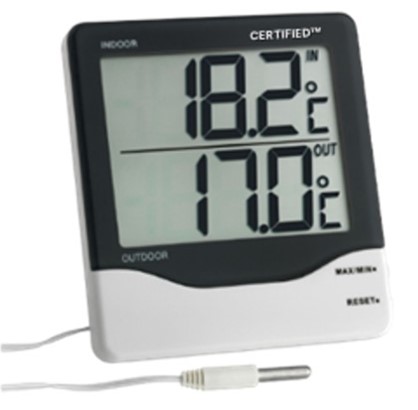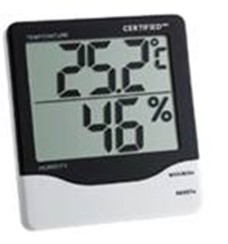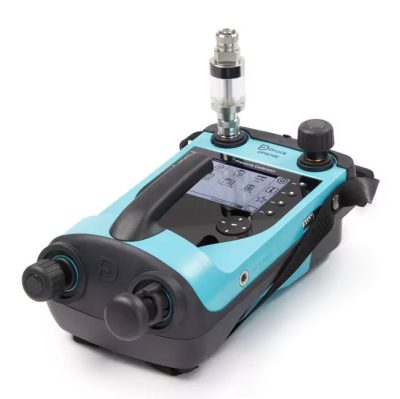testo 176 T1 – Temperature data logger
- High-precision measurements thanks to the Pt100 temperature sensor
- Ideal for long-term measurements: memory for up to 2 million readings, up to 8 years' battery life
- Certified according to EN 12830, HACCP-compliant and waterproof in compliance with IP 68
- Three software versions available for data management on the PC, basic software available as a free download
- High-precision measurements thanks to the Pt100 temperature sensor
- Ideal for long-term measurements: memory for up to 2 million readings, up to 8 years’ battery life
- Certified according to EN 12830, HACCP-compliant and waterproof in compliance with IP 68
- Three software versions available for data management on the PC, basic software available as a free download
The testo 176 T1 data logger monitors the temperature, even in extreme conditions, with a highly accurate Pt100 temperature sensor. It is able to precisely document the temperature status over a longer period of time. The fact that its metal housing is extremely robust makes the data logger particularly suitable for monitoring the temperature in industrial environments.
S$801.15
*All prices include GST
Out of stock
Description
The testo 176 T1 1-channel data logger is ideal for high-precision temperature monitoring. Its internal sensor records the indoor air temperature, e.g. in cold and deep-freeze storage facilities, continuously and reliably. Its sensor is a Pt100 temperature sensor, which means that the temperature is measured and documented with extreme precision. The Pt100 temperature sensor can achieve an accuracy of up to 0.2 °C.
The temperature data logger’s large measurement data memory has space for up to 2 million readings. Temperature can therefore be monitored over a long period of time, without the need for frequent data logger read-out. Its battery life of up to 8 years also offers considerable advantages for long-term temperature monitoring and recording.
Technical features and practical benefits
The testo 176 T1 temperature data logger has a metal housing, which is an advantage for temperature monitoring in the industrial sector for example. Hard impacts, for example triggered by a pallet on a forklift, are repelled and mechanical impacts have no effect. The data logger can therefore be used for long-term measurements, even in extreme conditions. The temperature data logger is also completely water and dust-proof in compliance with protection class IP 68.
The measurement data is stored securely on the testo 176 T1 – it will not be lost, even if the battery is spent or changed.
The temperature data logger is tested and certified for use in the food industry by the ATP test station at TÜV Süd in accordance with DIN EN 12830. It is also HACCP-compliant.
Possible areas of application for the temperature data logger
- Monitoring and documentation of storage temperature
- Monitoring the temperature in frozen food storage areas
- Monitoring and documentation of the temperature in cold storage areas
Programming and analysis of the data logger
There are three software versions available for programming and reading your temperature data logger and for analyzing the measurement data on the PC:
- ComSoft Basic software – available as a free download – for fast programming of the data logger and easy data analysis
- ComSoft Professional software – also available to order – offers various options for carrying out detailed analysis of the temperature values
- ComSoft CFR 21 Part 11 software – also available to order – ideal for the special requirements according to CFR 21 Part 11 for pharmaceutical applications
You will need a USB cable to program the temperature data logger, however this is not included in the delivery. You can also use the USB cable to transfer the measurement data to the PC, or otherwise you can use an SD card. Both are available to order as optional accessories.
Delivery Scope
Technical Data
| Temperature - Pt100 | |
|---|---|
| Measuring range | -35 to +70 °C |
| Accuracy | ±0.4 °C (-35 to +70 °C) ±1 Digit |
| Resolution | 0.01 °C |
| General technical data | |
| Weight | 390 g |
| Dimensions | 103 x 63 x 33 mm |
| Operating temperature | -35 to +70 °C |
| Product-/housing material | Plastic |
| Protection class | IP68, 1 meter |
| Channels | 1 internal |
| Product colour | silver |
| Standards | EU-guideline 2014/30/EU; 2011/65/EU; EN 12830 |
| Measuring rate | 1 s to 24 h; 2 s to 24 h (online measurement) |
| Battery life | 8 years (15 min. meas. rate, +25 °C) |
| Battery type | 1 x Lithium (TL-5903) |
| Interface | mini usb, SD card slot |
| Memory | 2,000,000 measuring values |
| Storage temperature | -40 to +85 °C |
Applications
Monitoring and documentation of the temperature in cold rooms
Many foods and drugs have to be stored within a specific cold temperature range. This can be done in individual cooled store rooms, but also in specialised cold stores or cold warehouses with high-rack facilities. The temperature must be continuously documented in all these cold storage facilities, because strict rules apply to quality management in both the food and drugs industries.
Data loggers are usually installed at the so-called critical control points (CCPs) of the cold room, in order to identify any possible temperature deviations and to introduce appropriate countermeasures. Critical points are for instance doors or passages through to other temperature areas within a warehouse.
Temperature monitoring in deep-freeze rooms for foods
There are a huge number of facilities where (deep-)frozen food has to be stored. These range from individual deep-freeze rooms on small food producers' sites (e.g. butchers), at restaurants and supermarkets, via deep-freeze rooms in the food industry, through to specialised cold stores / deep-freeze warehouses with high-rack facilities. The temperature must be continuously documented in all these facilities. In Europe, only temperature loggers may be used in this process which are approved according to EN 12830.
Typically, data loggers are used to measure the air temperature in storage facilities of this kind. The measuring instrument is installed in the deep-freeze room – as far as possible at critical points such as doors or cooling plants – and records the temperature data at defined intervals (typically: 15 minutes).
The recorded data can then be analysed and archived using special software.
Monitoring and documentation of storage temperature
Correct compliance with storage temperatures is an important prerequisite for the quality assurance of many products, e.g. in the area of food and pharmaceutical products.
As a general rule, data loggers are used to do this. They automatically check and document the profile of the ambient temperature and thus make a crucial contribution to verifiable preservation of product quality.
Viewing breaches of limit values directly on the display means you can respond quickly to temperature deviations. In addition, with the help of the configuration and read-out software, customer-specific measurement configurations can be carried out and recorded measurement data can be both analysed and archived.
The use of external penetration probes means that the core temperature of goods can also be reliably monitored.
Monitoring and documentation of transport temperature
For all goods which react sensitively to temperature fluctuations or have to be stored within a predefined temperature range, uninterrupted measurement data recording and documentation play a major role.
Incorrect temperature conditions during transport can lead to major losses of quality, including the total loss of value of the products that require monitoring.
Using a data logger, shipments can be checked for compliance with the specified temperature ranges and the data can then be read, analysed and archived by means of special software.

